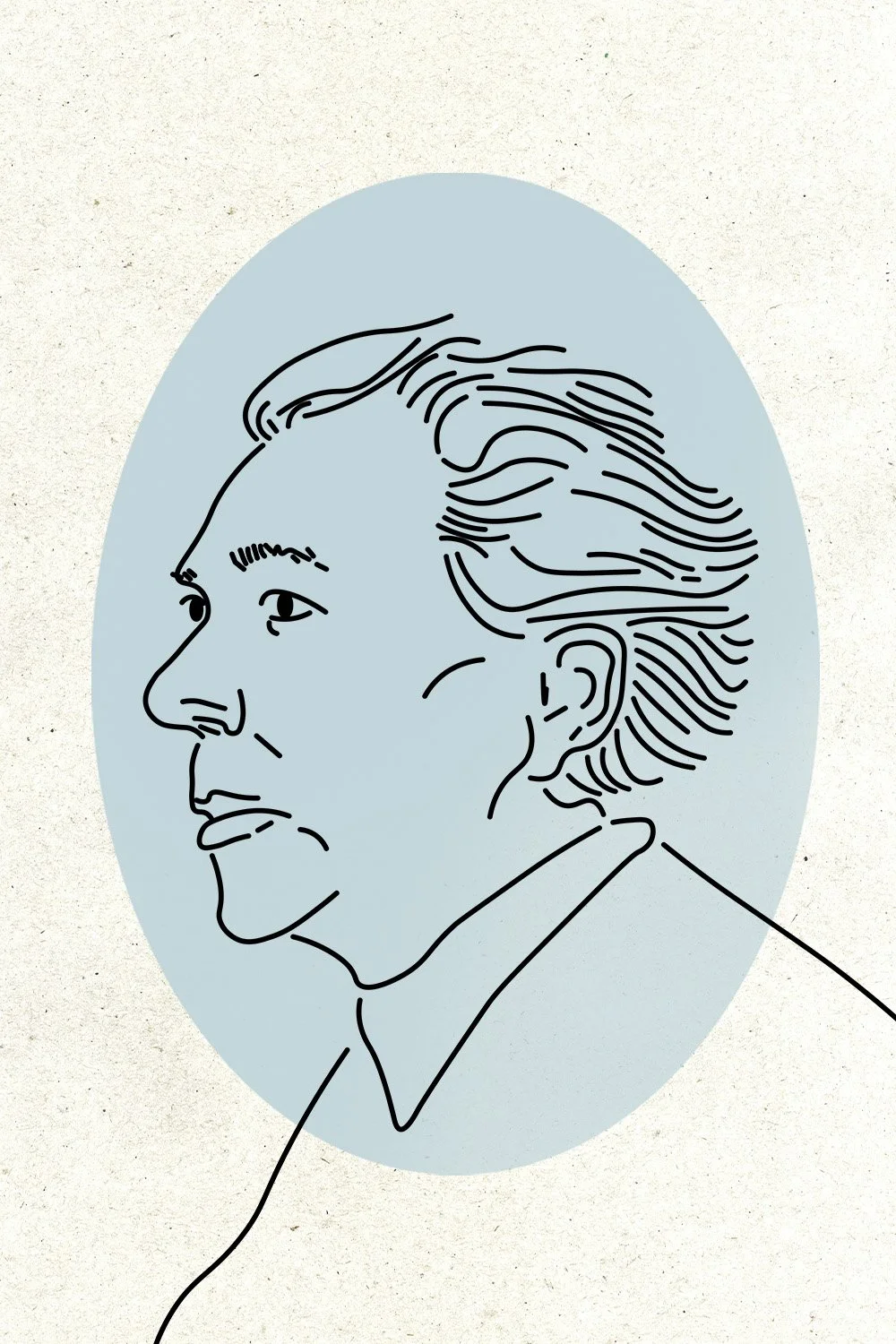Frank Lloyd Wright: An Architect who Developed Organic Architecture in Interior Design History
This blog post contains affiliate links. For more information please visit our disclaimer page.
Frank Lloyd Wright, an American architect, interior designer, and writer, is widely regarded as one of the most significant figures in the history of modern architecture and design. With a career that spanned over seven decades, Wright was known for his innovative concepts, unique approach to design, and his belief in harmony between nature and architecture. Today, we delve into the remarkable career of this design legend and explore the lasting impact of his creations.
Born on June 8, 1867, in Richland Center, Wisconsin, Frank Lloyd Wright developed a strong inclination towards architecture at a young age. After studying civil engineering at the University of Wisconsin, he found his passion at the Chicago-based architectural firm of Adler and Sullivan, where he worked under the renowned architect Louis Sullivan. The fundamental principles he learned during this period would greatly influence his future design philosophy.
Glass detail at the Allen House | Photo by The Curative Company LLC
Light detail at the Allen House | Photo by The Curative Company LLC
Built-in seating and casement at the Allen House | The Curative Company LLC
Wright’s designs embodied his philosophy of “organic architecture,” which aimed to integrate human-made structures harmoniously into the natural environment. He championed the idea that buildings should be designed to complement and interact with their surroundings rather than impose upon them. This vision led to his development of the “Prairie Style,” characterized by low horizontal proportions, open interior spaces, and an emphasis on simplicity and functionality.
Fallingwater House | Photo by Claudia Lorusso on Unsplash
Perhaps the most famous of Wright's works is the impressive Fallingwater house, built in 1935 for the Kaufmann family in rural southwestern Pennsylvania. This masterpiece appears to defy gravity as it boldly stretches over Bear Run's cascading waterfall. Fallingwater showcases Wright's ability to merge nature with architecture seamlessly, blurring the boundaries between indoor and outdoor spaces.
Another iconic composition by Wright is the Guggenheim Museum in New York City. Completed in 1959, the museum's spiraling ramp design enabled visitors to experience art in a unique way, further enhancing the connection between the space and its occupants. Its unconventional design challenged traditional museum structures, making it one of the most celebrated architectural achievements of the 20th century.
The Solomon R. Guggenheim Museum Exterior | Photo by Carol Highsmith at the Library of Congress
Beyond his architectural achievements, Frank Lloyd Wright shaped the design world through his prolific writing and influential teaching methods. He penned numerous essays and books throughout his career, including "The Autobiography of an Idea" and "The Natural House," which continue to inspire architects and designers today. Moreover, Wright's organic architecture principles continue to be incorporated into contemporary design, ensuring that his legacy lives on.
Frank Lloyd Wright's impact on the world of design and architecture cannot be overstated. His innovative ideas, commitment to creating harmony between buildings and nature, and his ability to challenge conventions have forever changed the landscape of design. His timeless masterpieces are revered globally, attracting admirers from all walks of life.
As we look to the future, it is essential to remember the legacy of Frank Lloyd Wright and the lessons he taught us. By embracing his philosophy and seeking to create designs that coexist gracefully with the natural world, we can build a sustainable and harmonious future.
SHOP BOOKS ON FRANK LLOYD WRIGHT:
MORE DESIGNERS TO INSPIRE YOU:












